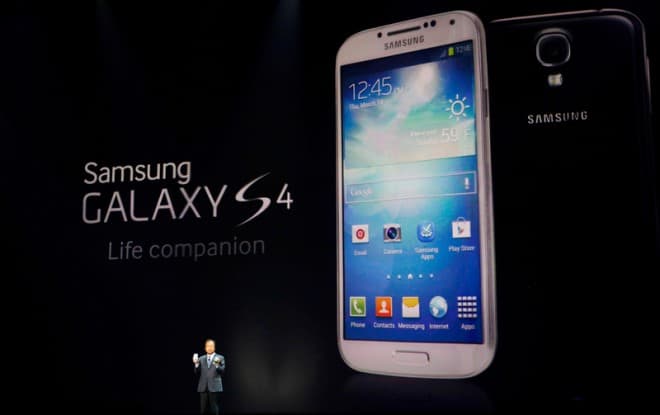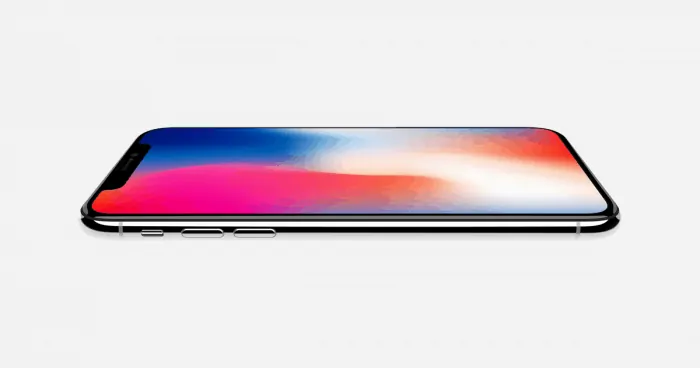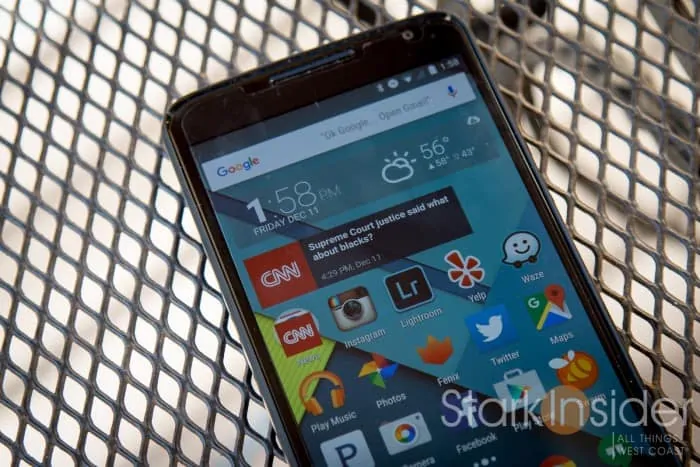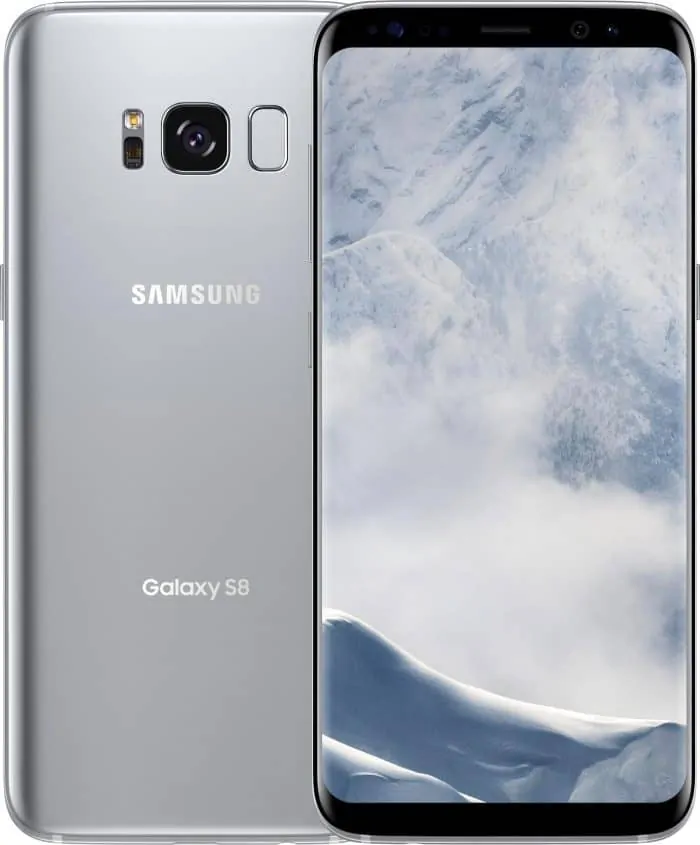Maybe that old Nexus 6 phone is good enough. And maybe — and it looks like the data bears this out — others are thinking the same thing.
Be it an old Samsung S7 or Motorola Droid or HTC One or Huawei Mate or whatever device you have laying around in the sock drawer, it may well be “good enough” to get the job done. Hence: no need to upgrade and drop $1,000 USD on a shiny new thing.
Smartphone sales are on the decline

Gartner today seems to confirm that theory, if partially. For the first time ever, the analyst firm has reported that smartphone sales have declined globally (the firm started tracking sales in 2004).
Q4 2017 saw a 5.6% decline y/y with 408 million units sold globally.
No surprise then that Apple and Samsung both fell y/y as well. For more details see this TechCrunch piece.
That explains why Apple (iPhone X), Samsung (Galaxy S8), Google (Pixel 2) and others are moving upmarket (Hint: margin)

Ever notice that all of a sudden premium top-end phones routinely can cost upwards (and even over) $1,000 USD?!
What happened to the days of a new $499 flagship Google Android smartphone?
Ah, those were the days.
My suspicion is that with mass Chinese production and dozens of copycat manufacturers, the volume game is not a good play for the long-term. It can only go one way: down. Cheap phone beget cheap phones and lower and lower pricing. That’s not a viable strategy for publicly traded tech giants like Apple and Samsung and Google (and Amazon too via its Prime Exclusive handsets) who need to make profits to support heavy R&D expenditures.
So we may not upgrade our phones as often as we did before.
But, so goes the thinking, when we do we will be more psychologically prepared to spend a chunk of change. Because: well, we only do it every, say, 3-4 years now, instead of every year (or even every other year).
Low end phones with entry processors are good enough for everyday users

There’s another factor at play here — at least in my thinking. That is the emergence of entry level phones often priced from $199-349 and from the likes of LG, Moto and Huawei, that offer decent performance without breaking the bank.
Though sales of these flagship wannabes doesn’t explain the drop in overall sales, it can explain why many are content to just get by with the basics. In this segment, handsets usually use an entry in-house CPU or a 400-series Snapdragon from Qualcomm. No speed demons. Don’t expect to play high end games or enjoy VR at this price point. However, email and web browsing and social media? No problem. My guess is that a lot of people out there don’t expect much more from their phones than that. Again, another reason why Apple and Samsung and Google will continue to push away from the commodity segment and into the premium bracket where they can protect margins.
Next stop: Samsung Galaxy S9

This weekend we will find out how the world reacts to Samsung’s new flagship. On Sunday we’ll finally get a look at the Galaxy S9, the world’s #1 iPhone competitor.
No fancy footwork required to guess it will be:
- Faster
- Smaller (or at least more svelte)
- Lighter
No doubt, it will also have a better screen, better battery life, and on and on.
That’s all well and good. Why upgrade if you have an S8 or iPhone 7?
Samsung will try its best to give us a reason, or two.
Chances are there’s next to no apps that will run on the S9 that won’t run on a smartphone a generation or even two behind. And therein lies the problem for a market that has matured and saturated.
I wouldn’t be surprised if we see smartphone sales continue to level off, and decline slightly, through 2018 and into the 2020s.


